A single pole switch is a type of electrical switch that controls the flow of electricity to a single circuit. The switch has two terminals and a lever or toggle that can be flipped up or down to make or break the electrical connection. When the switch is in the "on" position, the circuit is closed, allowing electricity to flow. When the switch is in the "off" position, the circuit is open, cutting off the electricity. It is commonly used in residential and commercial buildings to turn on or off lights, appliances, or other electrical devices.
Benefits of Single Pole Switches
Single pole switches are compact and take up minimal space on electrical panels or switch boxes. This feature is advantageous in areas where available space is limited, allowing for more efficient use of the available electrical infrastructure. The wiring for single-pole switches is relatively straightforward. They involve connecting a hot wire to the switch, allowing for a simple on/off control. The simplicity of the wiring process makes single pole switches user-friendly, reducing the likelihood of errors during installation.
Single pole single throw switches contribute to the simplicity of circuit design. Their basic functionality of interrupting or completing a circuit makes them easy to integrate into various electrical systems. This simplicity aids in troubleshooting and maintenance, as there are fewer components to analyze or replace. The user interface of single-pole switches consists of a simple lever or toggle that is easy to operate. Single pole switches are more cost-effective compared to more complex switches. This affordability offers an economical choice for applications where advanced features provided by multi-pole or specialty switches are unnecessary. The lower cost also benefits large-scale installations.
Types of Single Pole Switches
Toggle switches are a common type of single pole switch. They feature a lever or toggle that can be flipped up or down to turn the switch on or off. Rocker switches have a rectangular or square shape. A rocker-shaped lever is pressed on one side to turn the switch on and on the other side to turn it off. Motion sensor switches use infrared or ultrasonic technology to detect motion and automatically turn the switch on when someone enters the room. Motion sensor switches are used in hallways or outdoor lighting, where energy efficiency and convenience are important. Push-button switches have a button that is pressed to turn the switch on and released to turn it off. They are normally used in applications where momentary activation is required, such as doorbells or garage door openers.
Rotary switches have a rotating knob or dial that is turned to select different positions or settings. They are used in applications where multiple functions or options need to be controlled, such as in audio equipment or industrial machinery. Keyed switches require a specific key to turn the switch on or off. Keyed switches are utilized in security systems or applications where there is restricted access. Time-delay switches have a built-in timer that allows the switch to turn off automatically after a set period. These switches are used in areas where temporary power is needed, such as in bathrooms or closets.

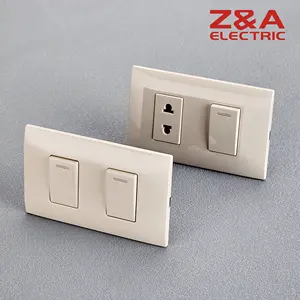
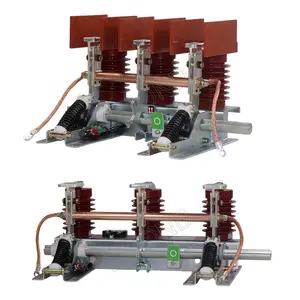





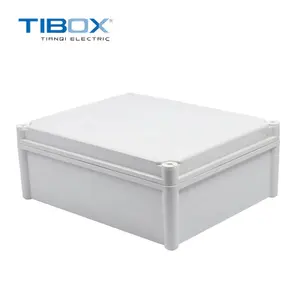



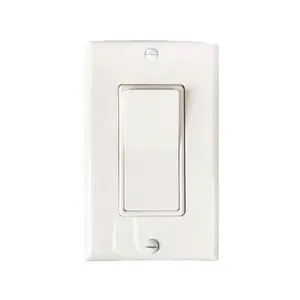



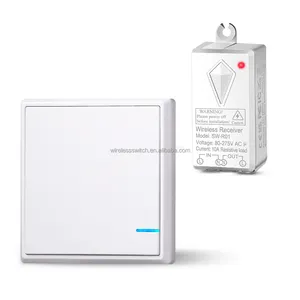







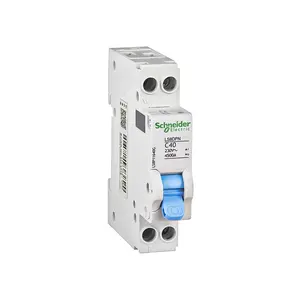

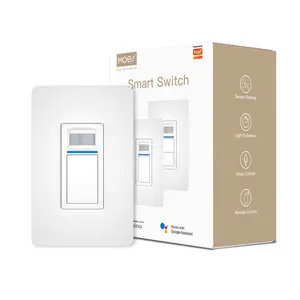

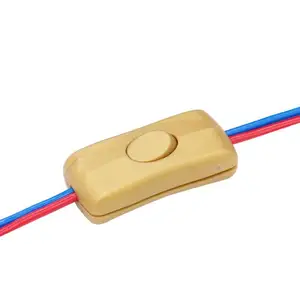
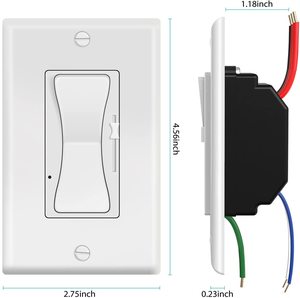




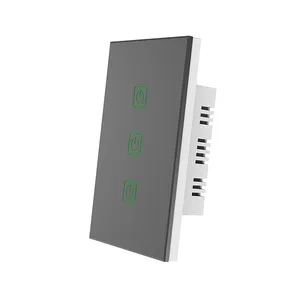
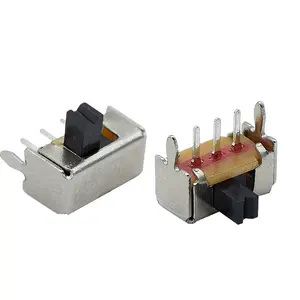





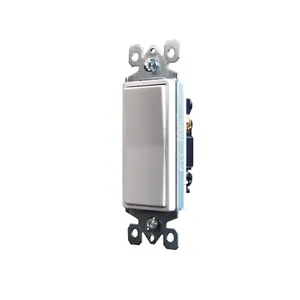
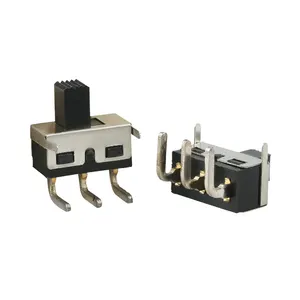

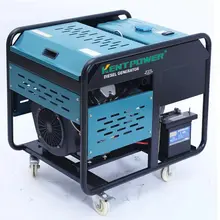

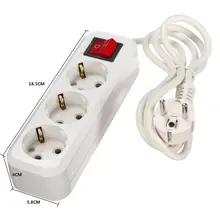

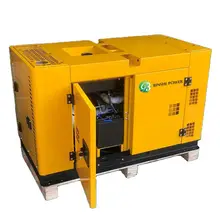
























 浙公网安备 33010002000092号
浙公网安备 33010002000092号 浙B2-20120091-4
浙B2-20120091-4